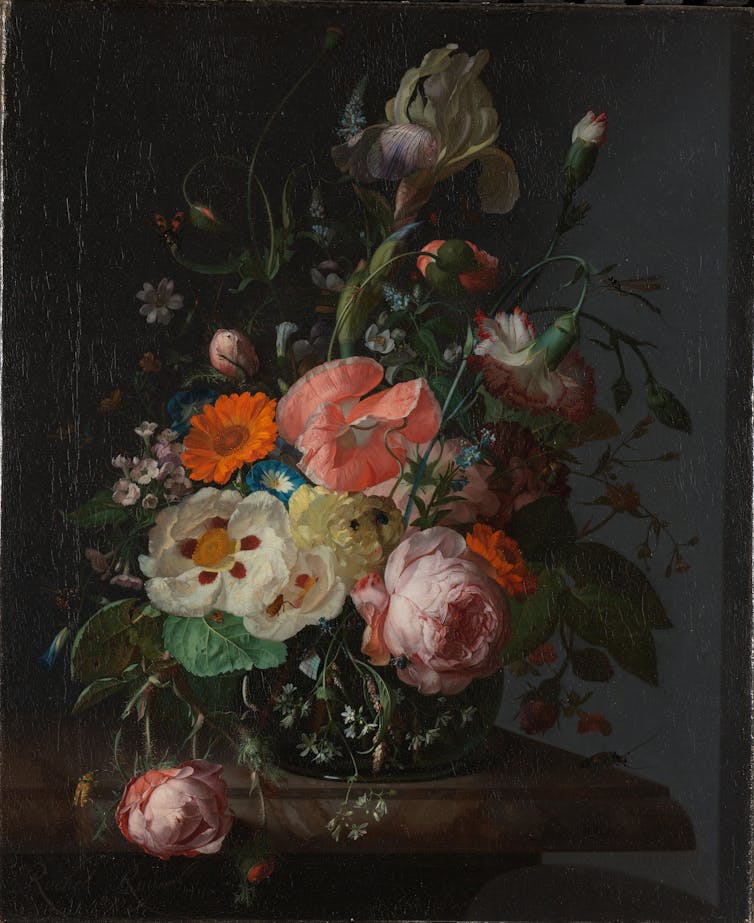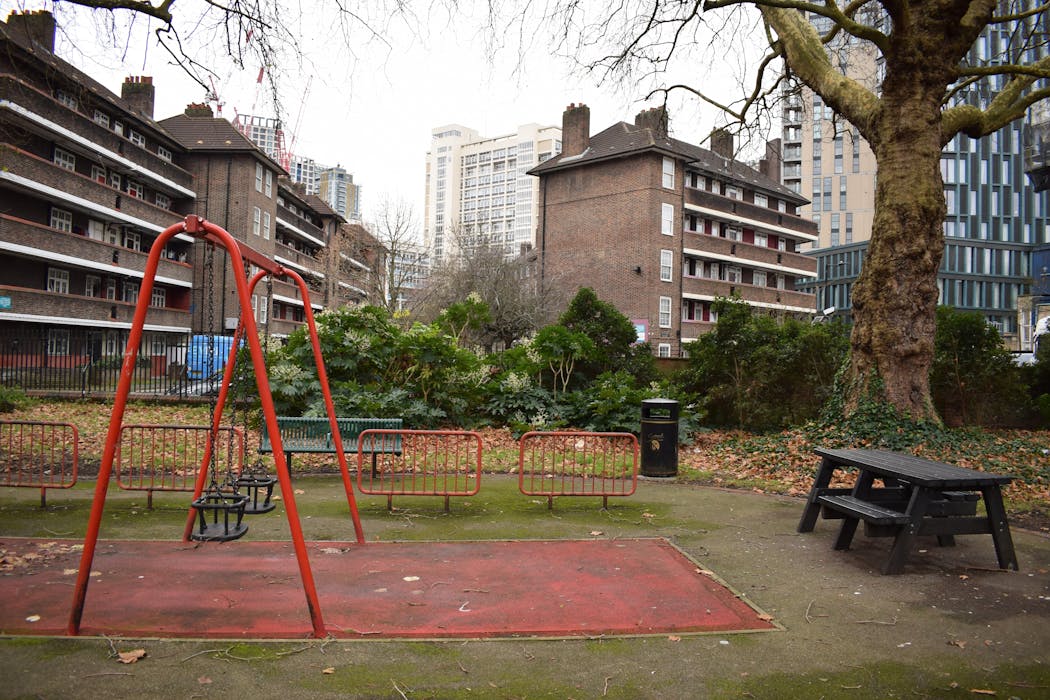Source: The Conversation – France (in French) – By Kathy Hartley, Senior Lecturer in People Management, University of Salford

Quitter son poste avec fracas, c’est la nouvelle manière pour certains salariés d’exprimer leur ras-le-bol. Entre vidéos virales, mails incendiaires et départs spectaculaires, le « revenge quitting » traduit une colère profonde contre le monde du travail.
Beaucoup d’entre nous ont déjà ressenti la colère provoquée par un traitement injuste au travail – et parfois même l’envie soudaine de tout quitter. Chefs tyranniques, remarques humiliantes ou salaires dérisoires peuvent alimenter ces réactions impulsives. Mais tandis que la plupart des employés ravalent leur colère et retournent à leur poste, certains décident de partir d’une manière qui fait clairement passer le message à leur employeur. Bienvenue dans le monde du « revenge quitting ».
Contrairement au « quiet quitting », où les salariés restent en poste mais se contentent d’en faire le strict minimum, le « revenge quitting » consiste à partir de manière bruyante et spectaculaire.
Ce phénomène s’est désormais répandu dans le monde entier : certains filment leur démission pour les réseaux sociaux, envoient des mails d’adieu cinglants ou quittent leur poste à la dernière minute – parfois à deux heures du début d’un cours qu’ils devaient assurer.
Ces scènes illustrent la dimension libératrice du « revenge quitting » : une manière de reprendre sa dignité lorsque l’on se sent ignoré ou maltraité. Mais elles révèlent aussi autre chose qu’une simple montée du drame au travail ou un effet de génération : elles montrent qu’une partie des travailleurs, lorsqu’ils sont poussés à bout, sont désormais prêts à partir en faisant du bruit.
Dans son ouvrage classique de 1970 Défection et prise de parole (Exit, Voice, and Loyalty), l’économiste Albert Hirschman expliquait que face à une situation insatisfaisante, les individus disposent de trois options : faire entendre leur voix (voice), faire preuve de loyauté (loyalty) ou quitter (exit). Le « revenge quitting » relève de cette dernière catégorie – mais sous une forme particulière, pensée pour faire passer un message clair aux employeurs.
Plusieurs dynamiques au travail augmentent la probabilité de « revenge quitting » :
- des supérieurs ou des environnements de travail toxiques : des recherches montrent qu’une supervision maltraitante rend les salariés plus enclins à riposter et à démissionner ;
- le mauvais traitement par les clients : là aussi, des études indiquent que le manque de politesse ou l’incivilité de la clientèle peuvent déclencher des envies de vengeance chez les employés en contact direct avec le public ;
- l’épuisement émotionnel : le surmenage ou le manque de soutien peuvent pousser certaines personnes à adopter des comportements de représailles, y compris des démissions spectaculaires ;
- la culture des réseaux sociaux : des plateformes comme TikTok offrent une scène, transformant la démission en acte non seulement personnel, mais aussi performatif.
Risques et alternatives
Bien sûr, le « revenge quitting » comporte des risques. Les départs spectaculaires peuvent nuire à la carrière, surtout dans des secteurs restreints où les réputations circulent vite, ou lorsque les démissions s’enchaînent après de courts passages dans plusieurs postes. Pour les personnes très qualifiées, expérimentées et dotées d’un bon historique professionnel, ces risques restent toutefois plus limités.
Quelles sont donc les alternatives ?
-
faire entendre sa voix plutôt que partir : exprimer ses préoccupations auprès du service des ressources humaines, des responsables du bien-être au travail ou des représentants syndicaux lorsqu’ils existent ;
-
se désengager : se retirer discrètement, par exemple en limitant le temps passé à préparer les réunions ou en évitant les tâches supplémentaires, afin de reprendre un certain contrôle sur sa situation.
Ces alternatives peuvent, au final, nuire davantage aux organisations qu’un départ spectaculaire (à moins que le « revenge quitting » ne devienne un phénomène généralisé dans la structure). Mais bien sûr, tout le monde n’a pas la possibilité de démissionner, même lorsqu’il en a envie.
Une enquête menée en 2023 a révélé que plus de la moitié des travailleurs dans le monde souhaiteraient quitter leur emploi, mais ne le peuvent pas. Les raisons sont multiples : responsabilités financières, manque d’opportunités ou contraintes familiales.
Les chercheurs spécialistes du monde du travail appellent ces personnes des « reluctant stayers » (des « employés coincés malgré eux »). Une étude sur deux organisations a montré qu’environ 42 % des salariés entraient dans cette catégorie. D’autres travaux ont observé que ces salariés « bloqués » finissent souvent par élaborer des stratégies de représailles : ils diffusent discrètement de la négativité ou sapent la productivité. À long terme, cela peut s’avérer plus nuisible pour l’entreprise que le « revenge quitting » lui-même.
L’impact du « revenge quitting » dépend sans doute du contexte. Dans les petites structures, un départ soudain peut être dévastateur, surtout si l’employé possède des compétences rares ou très recherchées. Une démission bruyante peut aussi peser sur les collègues qui doivent gérer les conséquences.
Dans les grandes organisations, l’effet est généralement moins grave : elles peuvent plus facilement absorber le choc. Lorsqu’un cadre ou un employé hautement qualifié quitte bruyamment son poste, les employeurs cherchent en général à éviter ce scénario, en tentant de résoudre les problèmes avant qu’ils ne dégénèrent. Pour cette raison, le « revenge quitting » se manifeste plus souvent chez les travailleurs plus jeunes, précaires ou peu soutenus.
Que peuvent faire les employeurs ? Le « revenge quitting » est souvent le signe que les dispositifs classiques de soutien aux salariés ne fonctionnent plus. Beaucoup d’équipes de ressources humaines sont déjà surchargées et peinent à répondre à toutes les attentes. Mais certaines pratiques de base peuvent encore faire la différence.
Cela passe par une communication ouverte, où les employés se sentent en sécurité pour évoquer les problèmes, et par une formation des managers afin d’éviter les comportements abusifs ou le micro-management. Par ailleurs, même si cela semble évident, des charges de travail ou des conditions inéquitables finissent toujours par susciter du mécontentement : il est donc essentiel de veiller à l’équité. Les employeurs doivent aussi tenir compte des attentes des jeunes générations, souvent plus attachées au respect et à l’équilibre de vie.
En définitive, le « revenge quitting » met en lumière des dysfonctionnements profonds dans l’entreprise. Quitter bruyamment peut donner au salarié un sentiment de pouvoir, surtout sur le moment, mais c’est rarement une bonne nouvelle, ni pour lui, ni pour l’organisation.
![]()
Kathy Hartley ne travaille pas, ne conseille pas, ne possède pas de parts, ne reçoit pas de fonds d’une organisation qui pourrait tirer profit de cet article, et n’a déclaré aucune autre affiliation que son organisme de recherche.
– ref. « Revenge quitting » : est-ce vraiment une bonne idée de régler ses comptes au moment de quitter son emploi ? – https://theconversation.com/revenge-quitting-est-ce-vraiment-une-bonne-idee-de-regler-ses-comptes-au-moment-de-quitter-son-emploi-268321












